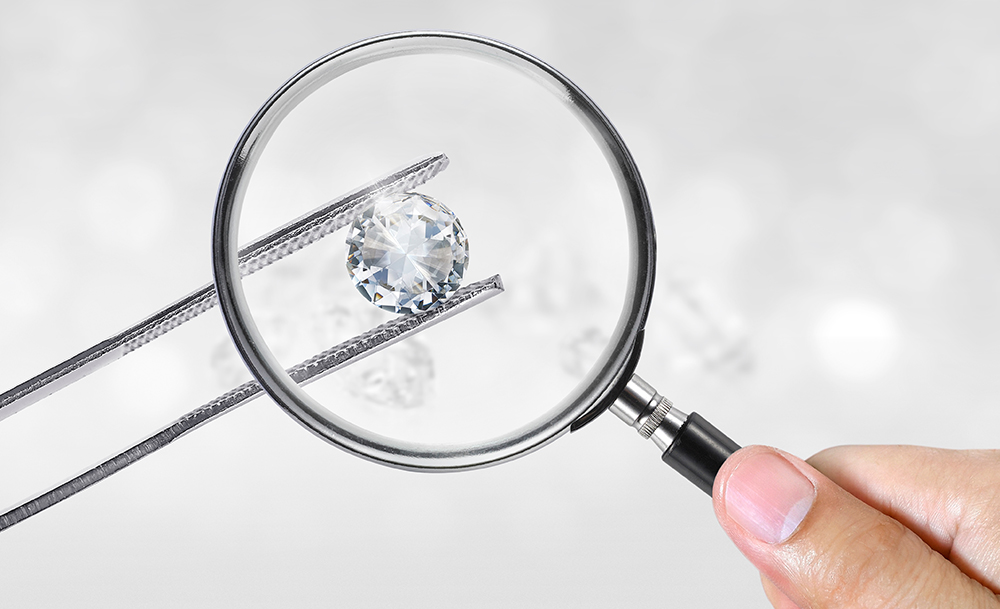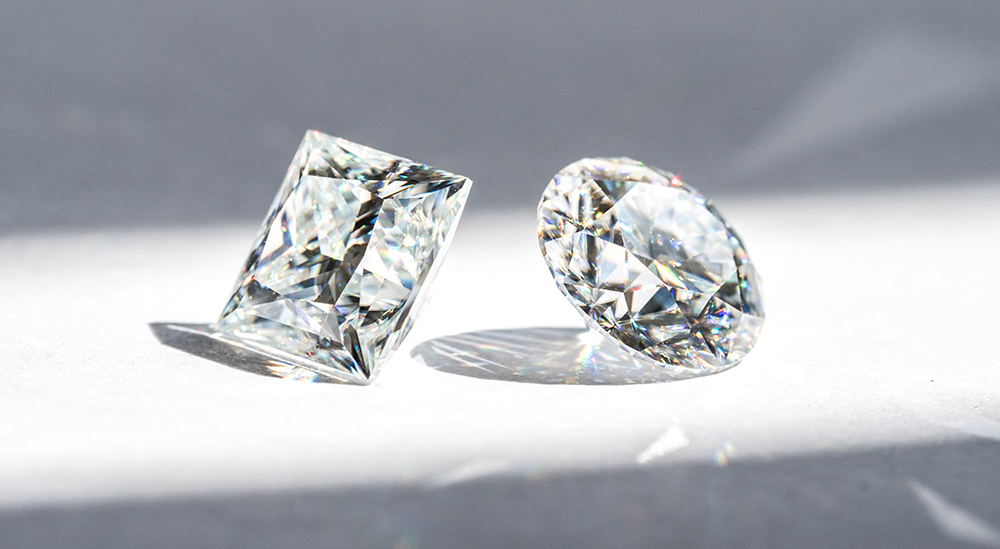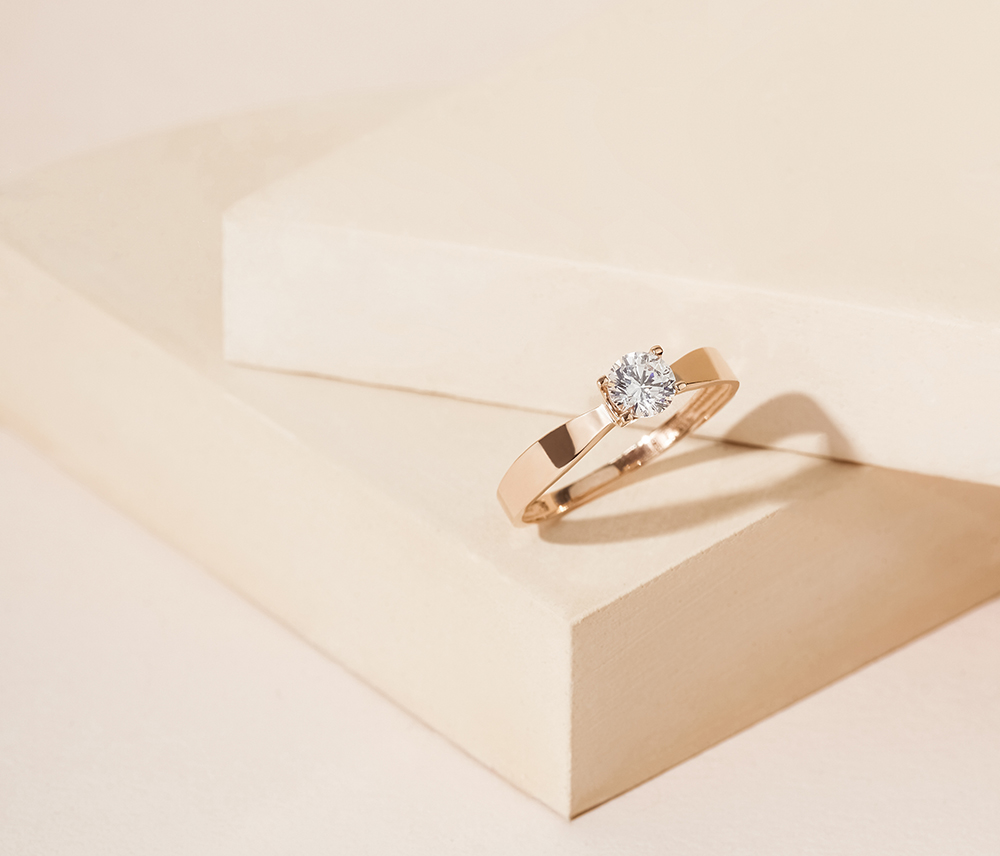The fine jewelry market is undergoing a radical transformation—and at its core is a technological marvel: the lab-grown diamond. No longer an alternative, these diamonds are becoming the industry’s most forward-looking category, driven by innovation, consumer ethics, and scalable luxury.
As more consumers prioritize sustainability and transparency, lab-grown diamonds are making waves across both retail counters and boardrooms. From startups to heritage houses, the future of fine jewelry is being rewritten—one lab-created stone at a time.
Innovation Meets Luxury
Lab-grown diamonds are created using advanced technologies such as Chemical Vapor Deposition (CVD) or High Pressure High Temperature (HPHT). The result? A diamond that is chemically, physically, and optically identical to a mined one—without the environmental damage or ethical concerns of traditional mining.
This disruptive process is offering the jewelry industry something rare: the ability to maintain luxury standards while increasing traceability, sustainability, and scalability.
For forward-thinking brands like RadiantCarat, it’s not just about offering diamonds—it’s about offering a better system for how luxury can operate in the 21st century.
A New Consumer Mindset
Today’s consumers are informed and impact-driven. Millennials and Gen Z are asking tough questions: Where was this product sourced? What labor was involved? What footprint does it leave?
Lab-grown diamonds answer these questions with confidence. They offer traceable origin stories, lower carbon footprints, and pricing models that feel more transparent and fair.
RadiantCarat’s clientele, for instance, is increasingly made up of first-time fine jewelry buyers who care as much about ethics as they do aesthetics.

© RadiantCarat
Redefining Value and Scarcity
For decades, the diamond industry built its mystique around scarcity. But in the age of digital innovation, scarcity is no longer the only hallmark of value.
Lab-grown diamonds are reconfiguring the equation. They challenge traditional luxury models and replace exclusivity with accessibility, precision, and intentionality. This shift enables new expressions of luxury—custom designs, larger carat options, and modern aesthetics that feel relevant to the times.
Data-Driven Growth
Market data supports the shift: The lab-grown diamond segment has experienced double-digit growth annually, with projections expecting it to surpass $15 billion globally by the end of the decade.
Retailers, investors, and industry analysts are watching closely as lab-grown diamond brands continue to outperform traditional players in both e-commerce and direct-to-consumer channels. It’s a signal that the industry is no longer niche—it’s mainstream.
RadiantCarat: A Case Study in Modern Luxury
RadiantCarat is among the new generation of jewelers that embrace the lab-grown revolution not just as a cost-effective option, but as a branding philosophy. The company designs ethically produced, elegantly crafted pieces that appeal to the modern mindset.
Their collections emphasize timeless silhouettes with a fresh edge—stackable rings, sculpted pendants, and diamond bracelets that merge form, function, and conscious luxury. It’s an example of how lab-grown diamonds aren’t diluting the market—they’re elevating it.

© RadiantCarat
Final Thought: The Future Is Clear
Lab-grown diamonds are not just here to stay—they’re here to lead. They offer the industry a rare opportunity: to align profit with purpose, elegance with ethics, and tradition with technology.
For brands like RadiantCarat and for consumers who crave clarity in all its forms, lab-grown diamonds are proving that the brightest future is one that’s consciously created.






